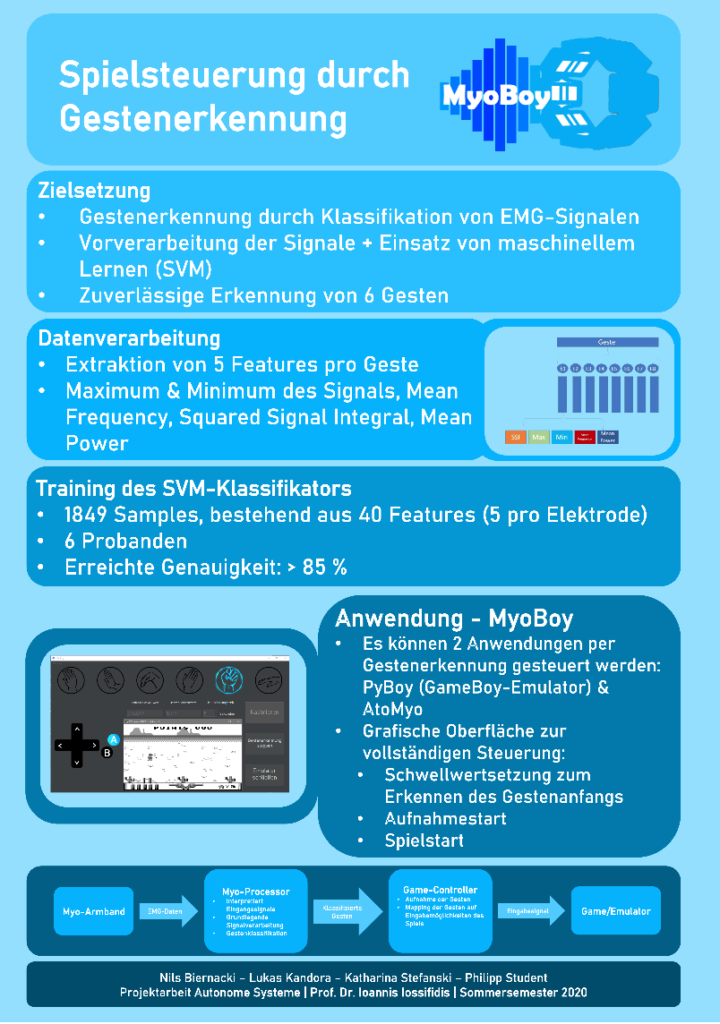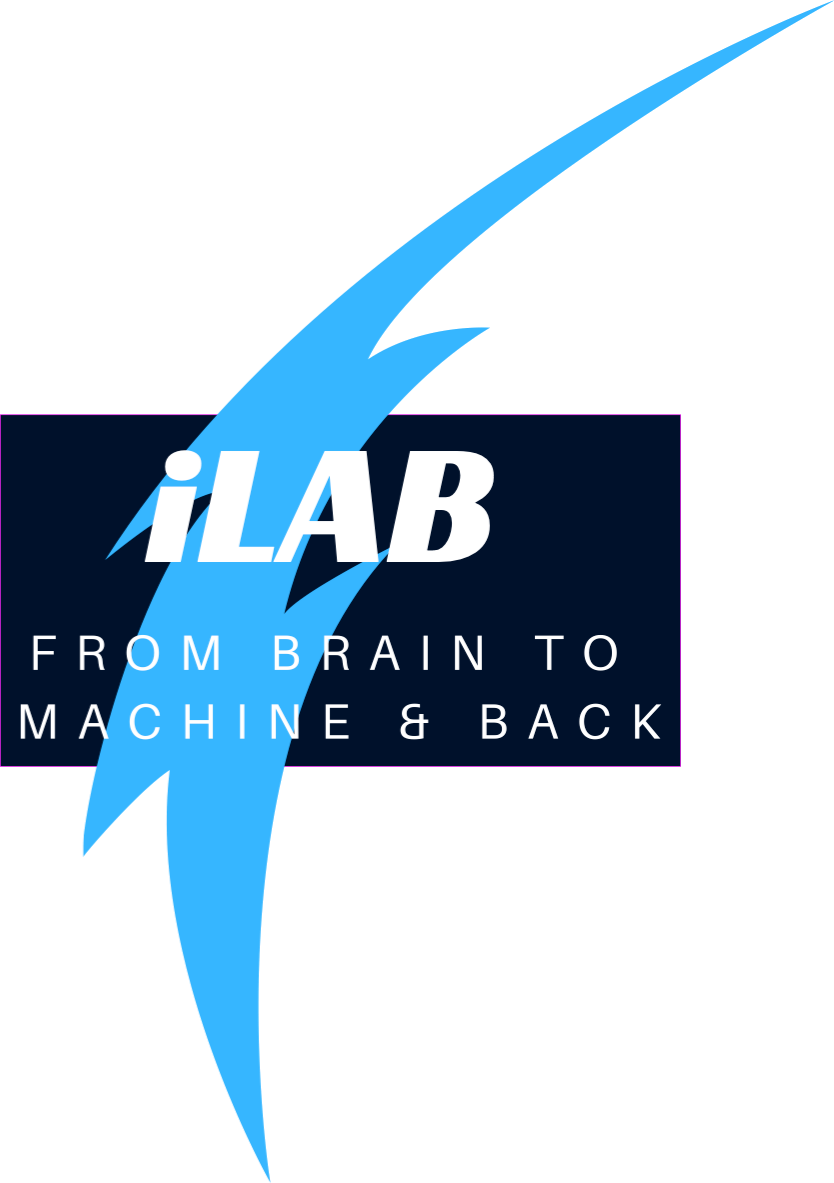Student project within the module “Autonomous Systems” at Ruhr West University of Applied Sciences.
| Students | Nils Biernacki, Lukas Kandora, Katharina Stefanski, Philipp Student |
| Supervision | M.Sc. Nique Schmidt and Prof. Dr. Ioannis Iossifidis |
| Project site | https://gitlab.hs-ruhrwest.de/iSystemsStudentProjects/2020/eeg-emg-gamecontroller |
live demo


